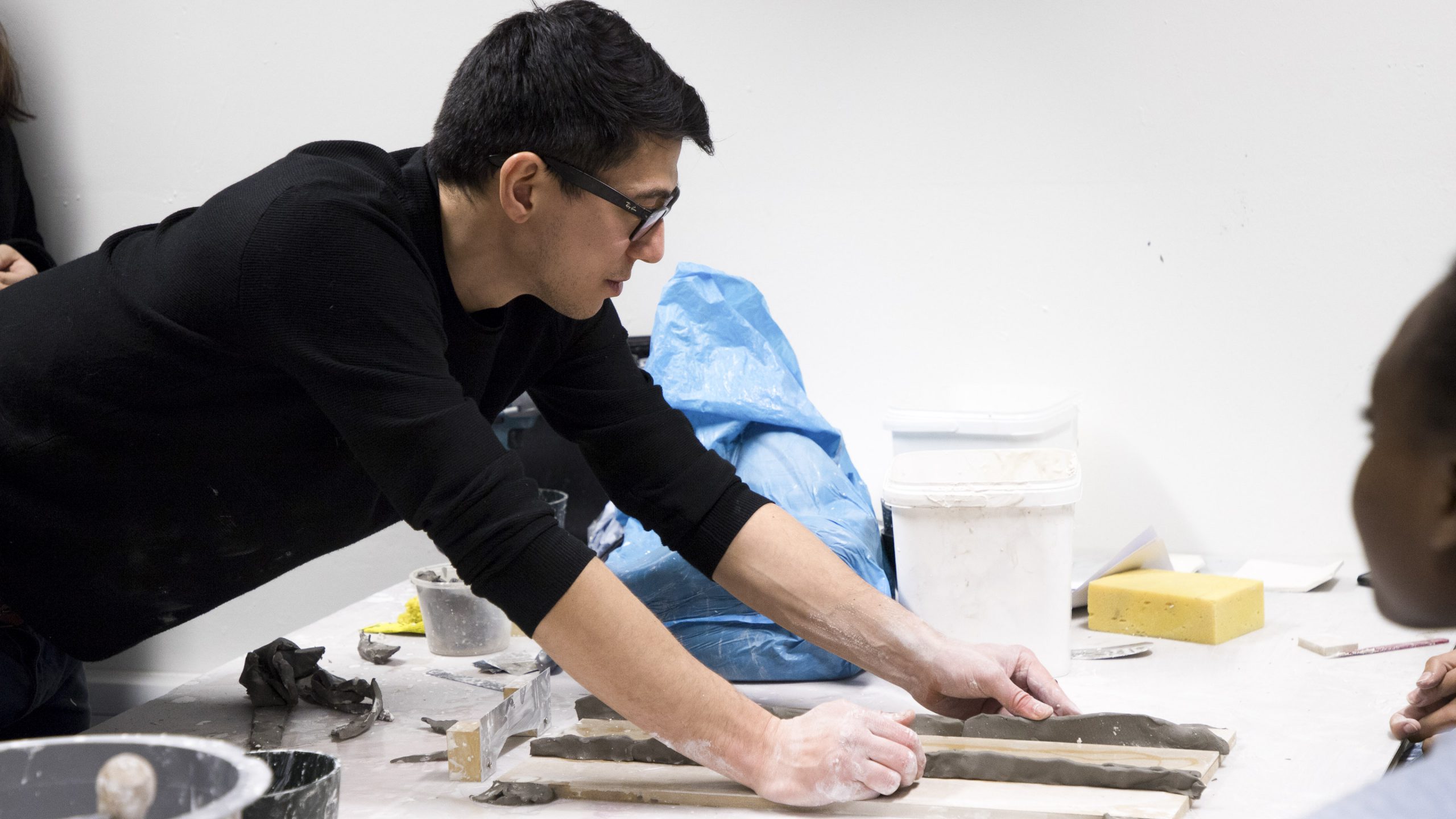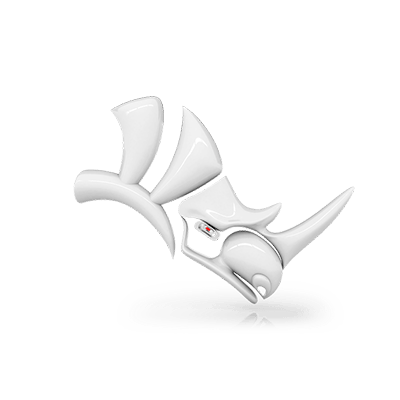NAMES
CERAMICS ESSENTIALS
LOCATION
ONLINE AND IN THE CASTING LAB
DATE
TBC
DURATION ONLINE
20 min
DURATION PRACTICAL
60 min
MANDATORY REQUIREMENTS
NONE
LEARNING OUTCOMES
AN UNDERSTANDING OF MOULD MAKING
MIXING AND CASTING CONRETE
CHALLENGE
MAKE AND CAST A TILE
MIC AND CAST A CONCRETE SAMPLE
HAZARDS
CORROSIVE MATERIALS
REMEMBER
ALWAYS WEAR THE CORRECT PPE










